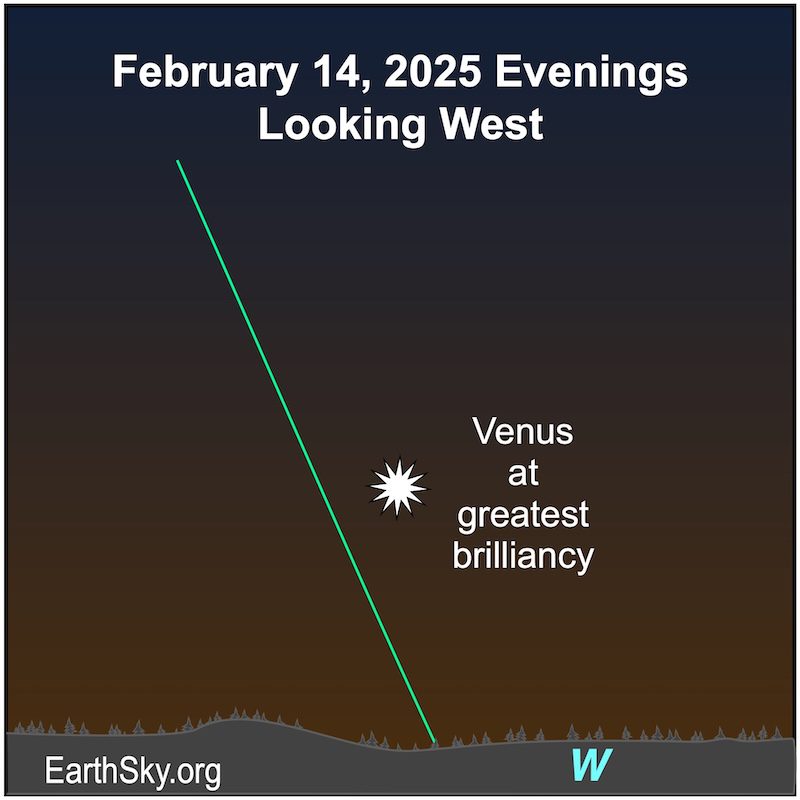Venus, named for the Roman goddess of love, reaches its greatest brilliancy on Valentine’s Day, February 14. Venus is currently blazing, low in the west after sunset, with Saturn below. Join EarthSky’s founder and editor-in-chief Deborah Byrd at 12:15 p.m. CT (18:15 UTC) on Wednesday, February 12, to learn how (and why) to love Venus.
The 2025 EarthSky lunar calendar makes a great gift. Get yours today!
Venus brightest around February 14
Venus is the brightest planet we see from Earth. It outshines all other objects in our sky, except the sun and moon. And, every so often, Venus has a time of greatest brilliancy. Venus will reach its next peak brilliancy on February 14. It’ll then be in the evening sky, brightest for 2025.
You can’t miss Venus! Look for it in the sunset direction on any clear evening around mid-February 2025. When it’s brightest, Venus appears as an eerily eye-catching beacon. Many mistake it for an UFO. It’s visible not just in a dark sky, but in bright evening twilight as well.
After mid-February 2025, Venus won’t appear this bright to us again in the evening sky until September 2026.
Need an exact measure? At greatest brilliancy on February 14, 2025, Venus will shine at magnitude -4.9. That’s super bright! It’ll reach this brightness at 22 UTC on February 14.
Venus over the past year
Venus was in our morning sky when 2024 began. It left the morning sky – traveling behind the sun as viewed from Earth – on June 4. Astronomers called the June 4, 2024, event a superior conjunction of Venus. That is, Venus was in conjunction with the sun.
And, by late July, Venus emerged in the twilight glare at dusk. It remained visible in the evening sky throughout the rest of the year. Greatest elongation – when Venus was farthest from the sunset – came on January 9-10, 2025. Then, Venus will sink toward the sunset as it races toward its sweep between the Earth and sun on March 22-23, 2025.
Earth and Venus are constantly moving in their orbits around the sun. Venus moves faster. And its orbit is smaller. Since its superior conjunction on June 4, Venus has been catching up with Earth in its orbit.
What is greatest brilliancy?
Greatest brilliancy for Venus is a combination of two factors: illumination and disk size. Remember … Venus was at superior conjunction – on the opposite side of the sun from Earth – on June 4, 2024. At superior conjunction, when Venus is on the far side of the sun from us, it’s at full phase and its disk size is always small. It emerged in the evening twilight in late July 2024.
Now at greatest brilliancy, we’re not seeing a fully illuminated Venus. Instead, as seen through telescopes – as Venus races toward Earth – its phase has been decreasing, like a tiny waning moon. Meanwhile, again as seen through telescopes, the disk size of Venus has been increasing as the planet comes closer.
Greatest illuminated extent. It’s only when we see Venus as a crescent that this world comes close enough to us to exhibit its greatest illuminated extent, at which time its daytime side covers the greatest area of sky. And that means that Venus is brighter around now than at any other time during its approximate 8-month reign in the evening sky.
Disk size. Remember, again as seen through a telescope, the disk of Venus increases after superior conjunction. In July, 2024, Venus was around a 10-arcsecond gibbous disk through telescopes. At its greatest brilliancy, Venus will be around a 40-arcsecond crescent disk.
So greatest brilliancy for Venus is a combination of maximum phase and disk size. The two combine to give us a bright planet Venus.
Then, as it races toward us, the phase continues to decrease … but the disk size increases. So Venus will start to appear a smidgeon fainter to us following February 14, and fainter still (but still very bright!) until it slips away in in the sun’s glare in March 2025.
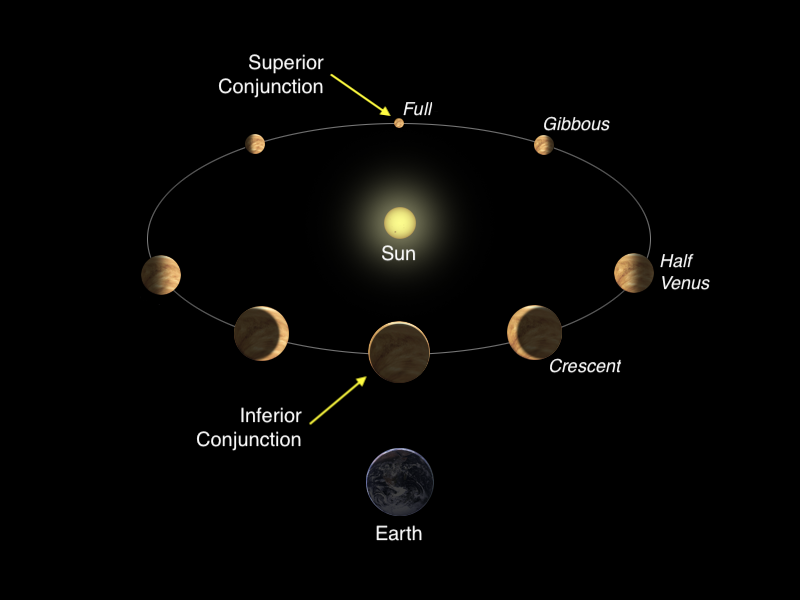
When greatest brilliancy happens
Venus’ greatest illuminated extent – or greatest brilliancy – always happens about a month before – and after – Venus reaches inferior conjunction. Its next inferior conjunction – when it’ll move to the morning sky – is March 22-23, 2025. It’ll reach its greatest brilliancy in the morning sky on April 27, 2025.
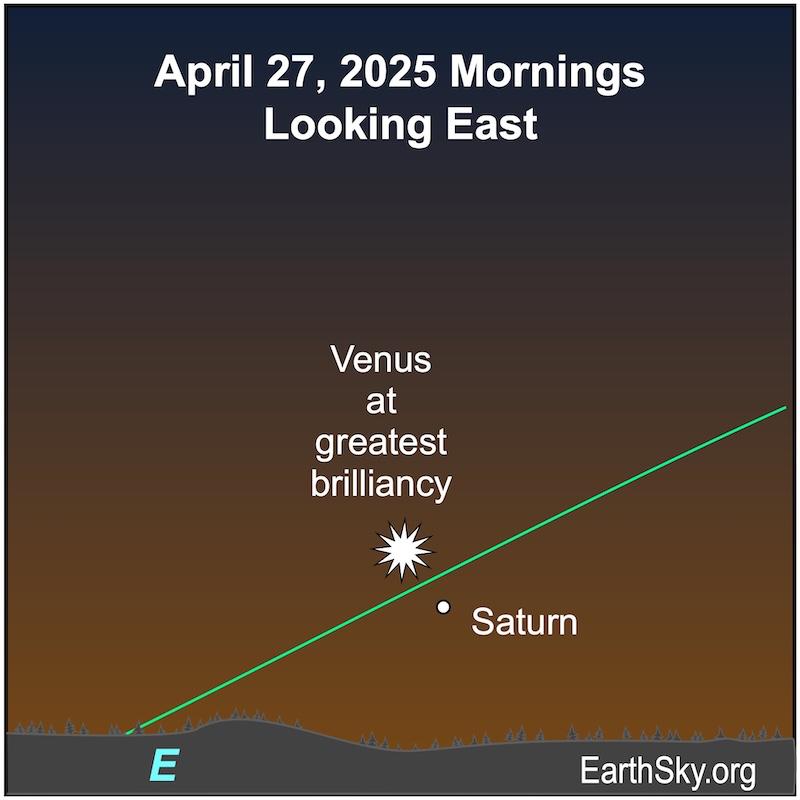
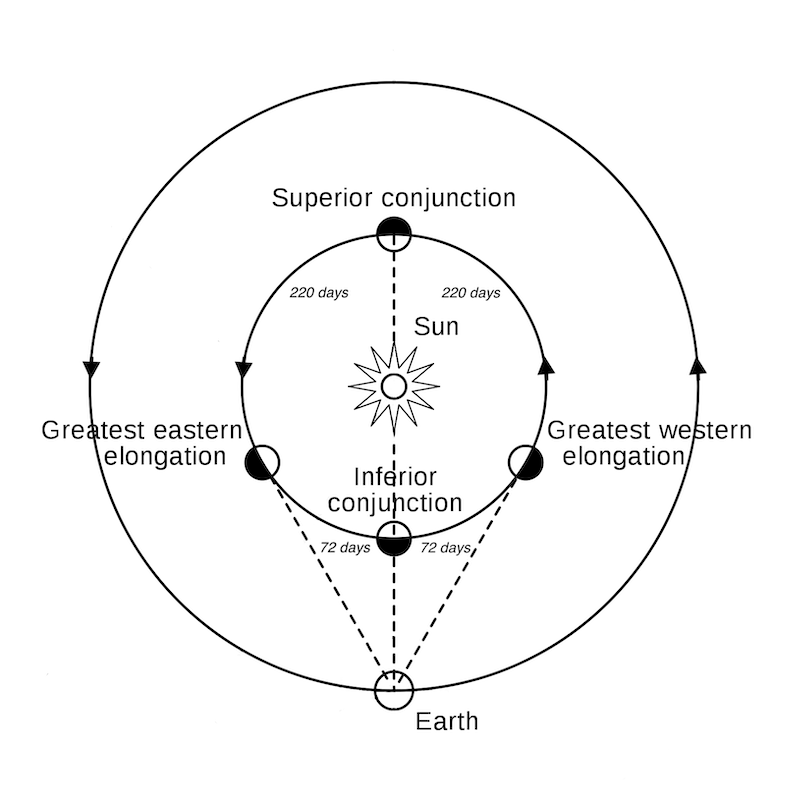
Venus charts for 2025, from Guy Ottewell
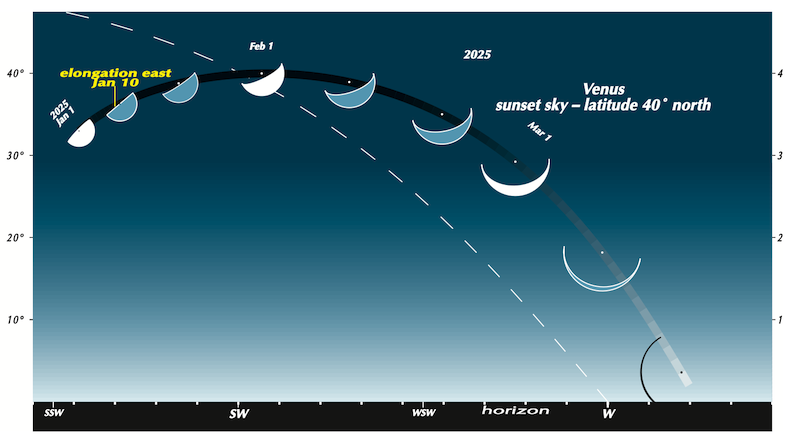
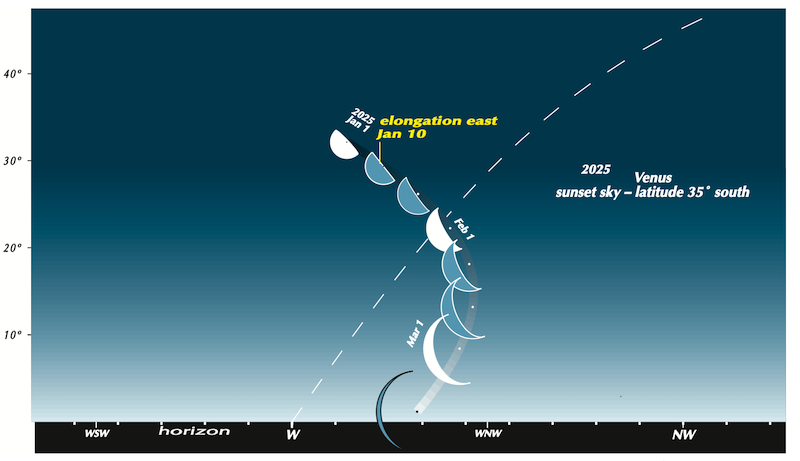
Venus photos from our community
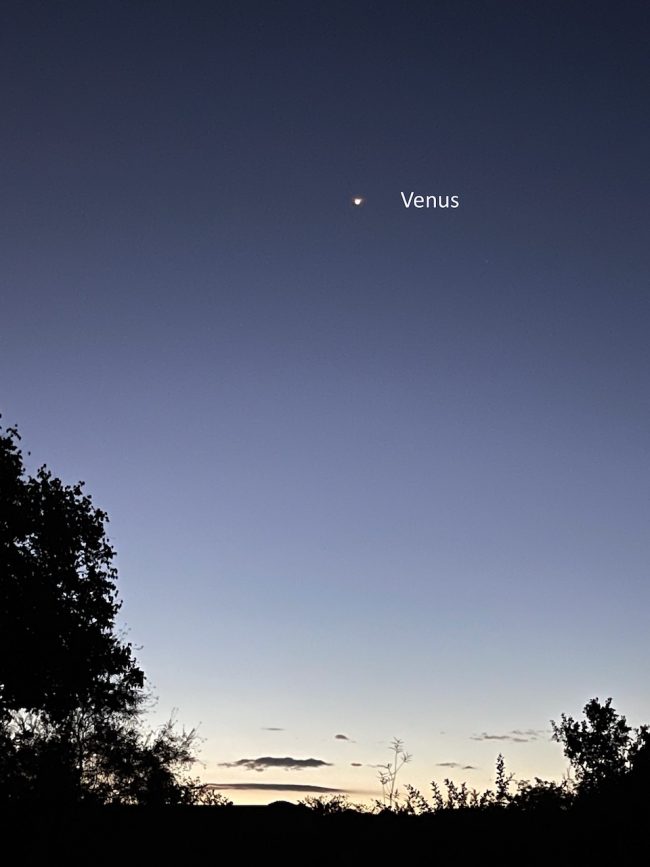
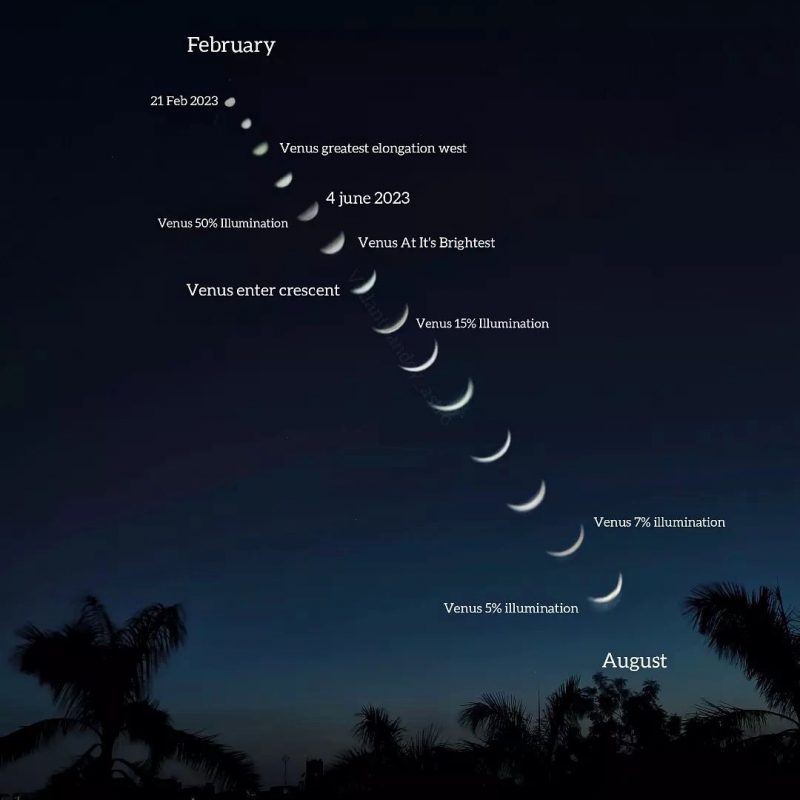
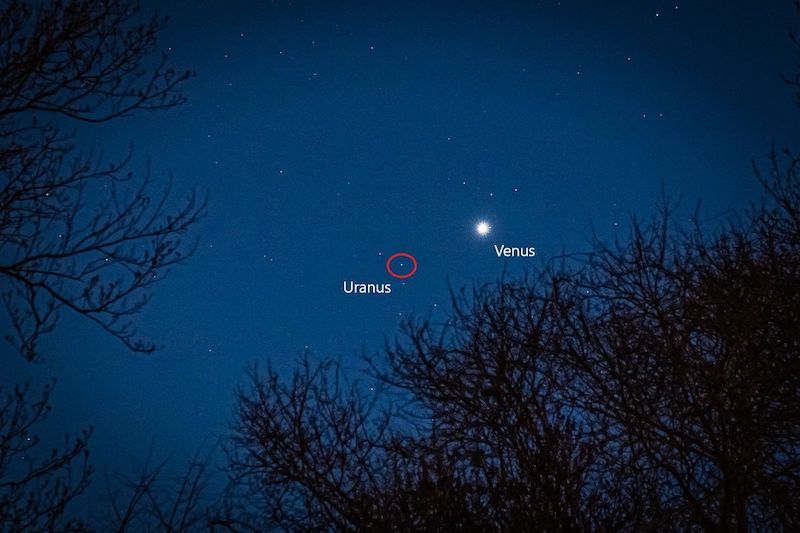
More Venus images
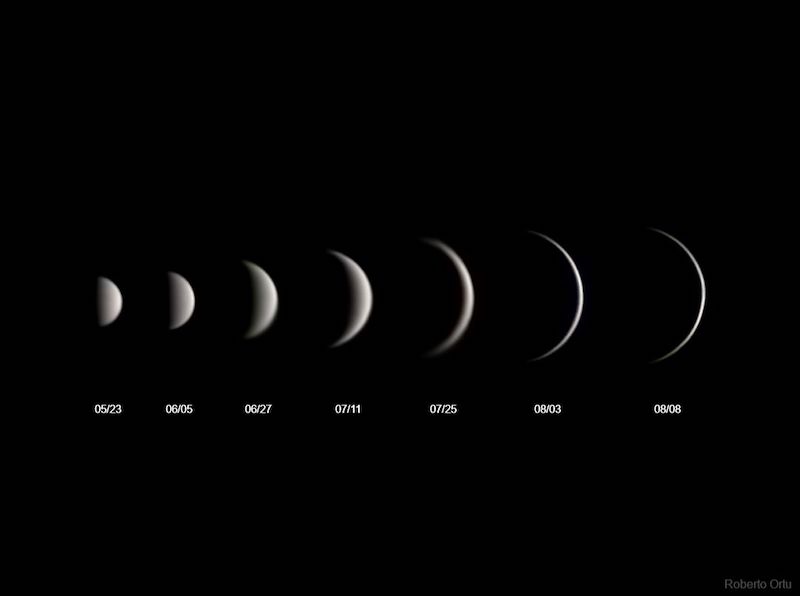
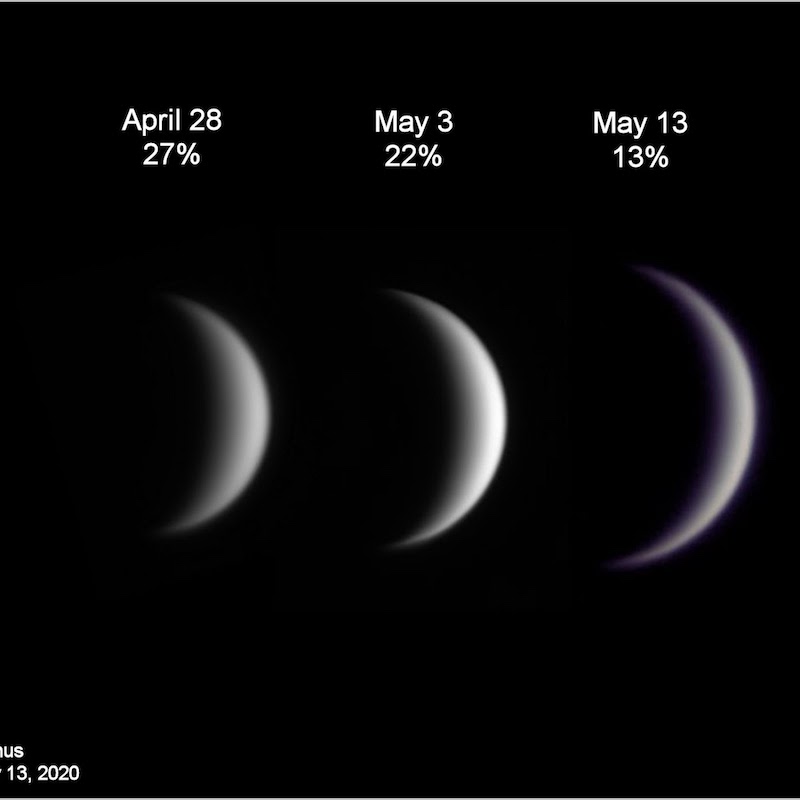
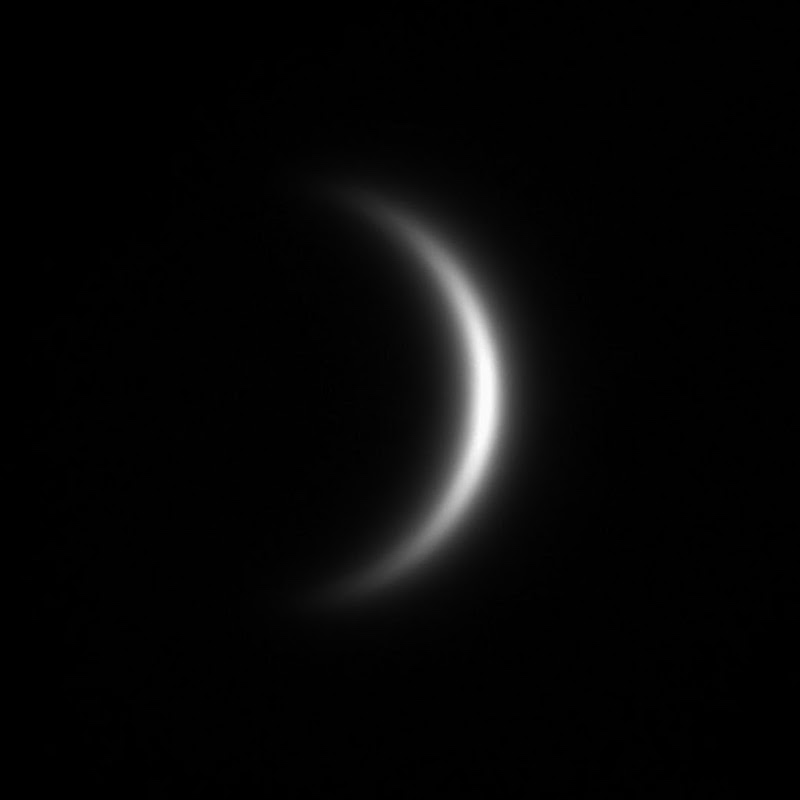
Bottom line: Venus will be brightest in the evening sky around February 14, 2025. After that, Venus will be at its brightest again in the morning sky in April 2025.
Planet-observing is easy: Top tips here
EarthSky’s monthly planet guide: Visible planets and more
Source link
Read More
Visit Our Site
Read our previous article: Solar flares in May 2024 revealed Earth’s vulnerability to space weather
